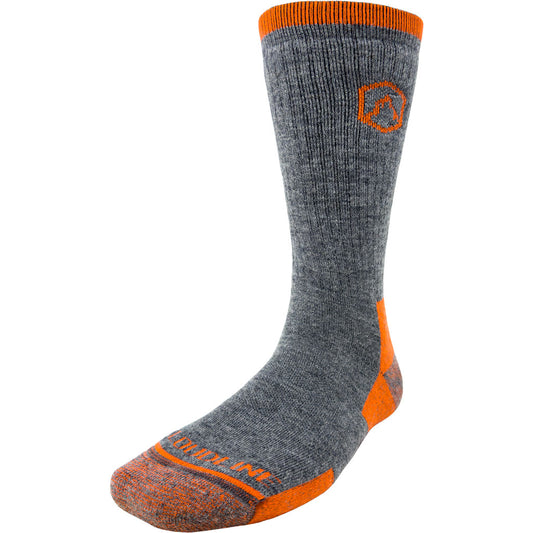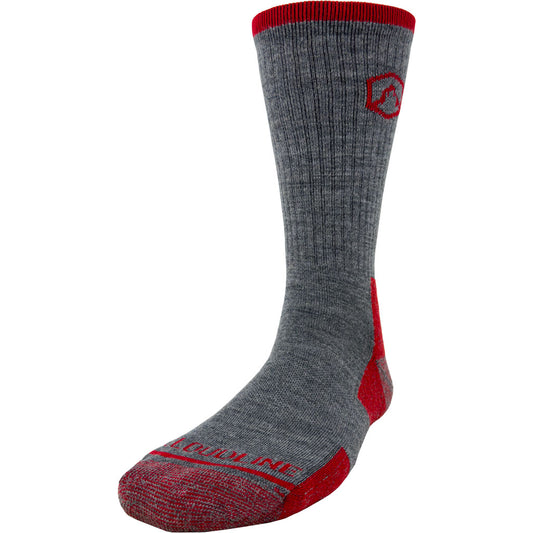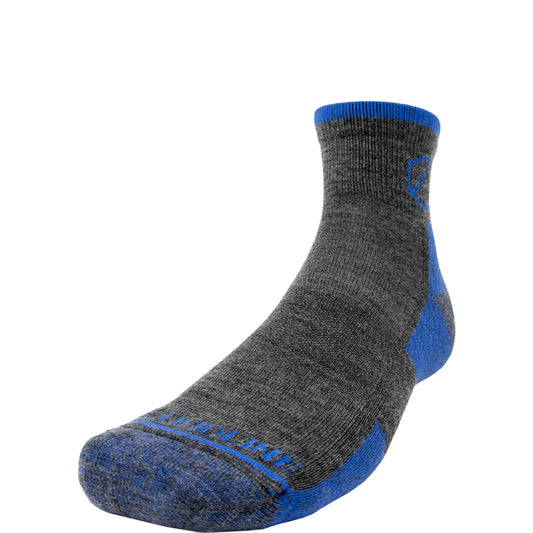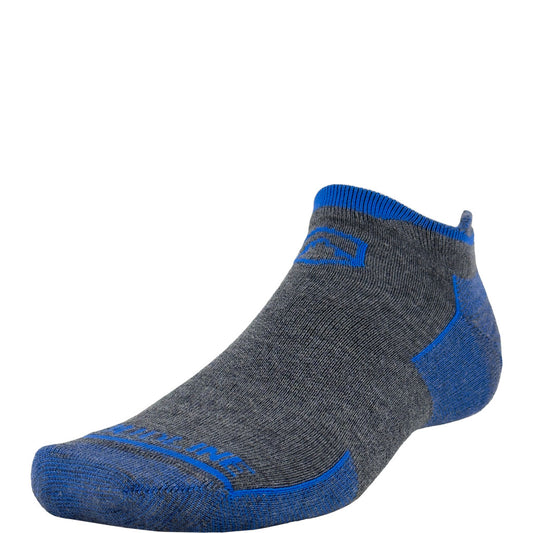
How to Get Started Backpacking: Tips for Your First Trip
Day hikes are great — no doubt about it. But do you ever wish you could spend more time in the backcountry, sleeping outside and traveling deeper into the wilderness? If so, backpacking may be your next outdoor obsession.
Backpacking is a blend of hiking and camping. It involves packing all your gear into a backpack and carrying it to your campsite(s). Backpacking can be a simple overnight just a mile or two from the trailhead or a months-long thru-hike covering thousands of miles. Though challenging, backpacking can also be rewarding, peaceful, and exciting. But as you can imagine, it requires more prep than a simple day hike.
If you’re new to backpacking, it’s smart to go with (or consult) an experienced friend who can share their expertise. But we hope this beginner’s introduction to backpacking can give you a broad overview of the basics so you can start dreaming and planning your first trip.
Picking Your Route

There are a lot of decisions that go into planning a backpacking trip. And one of the first you need to make is where you’ll go. Guidebooks, friends, websites like AllTrails, and local guides are all great resources to consult when choosing a trail and creating your itinerary. The following tips can help, too.
Location
For your first trip, you’ll likely want to stick close to home. The easier the logistics of your first trip, the more you can relax and enjoy the experience. Later on — after you have a little backpacking experience under your belt — you can start dreaming about trails that are farther away.
Consider a more popular trail for your first backpacking experience. It’s nice to have other people nearby if something goes wrong, so don’t plan your first trip in a remote area.
Distance
The length of your route is equally important as the location. Choose a distance that’s shorter than your typical day hike. Remember, you’ll be carrying a much heavier pack than you’re used to, so each mile may feel a little longer and take a little extra time.
Terrain
Again, try not to bite off more than you can chew for your first backpacking adventure. Several thousand feet of elevation over rocky, steep terrain may not make for the most enjoyable trip. Instead, choose terrain that’s a little more forgiving, and maybe a little flatter. But make sure you choose an interesting trail — it’s much easier to enjoy yourself when you’re surrounded by beautiful scenery.
Packing Your Backpacking Gear

Knowing what to bring is crucial for a safe, successful, and comfortable trip. It’s easy to feel overwhelmed with all the different gear you’ll need for a backpacking trip, but there are plenty of checklists and resources out there to help.
Unfortunately, you may not be able to use all your car camping gear — that’s because lightweight gear is best. Your big, roomy tent and heavy-duty sleeping pad work great in the frontcountry, but not so much when you’re backpacking. If you don’t have backpacking-specific gear, don’t sweat it. You may be able to get away with some of your regular camping supplies and borrow or rent the rest.
Your gear checklist will vary based on season and location, but in general, you’ll need the following essentials:
- Backpack
- Shoes or boots
- Trekking poles
- Tent
- Sleep system (sleeping bag and pad)
- Garbage bag
- Cooking supplies
- Mess kit
- Lighter or matches
- Navigation (map, compass, and GPS)
- Camp shoes
- Water filter or treatment system
- Water bottles and reservoir
- Clothes
- Sun protection
- Rain gear
- Bathroom kit
- Food
If you’re unsure what additional supplies you’ll need for your trip, check with an experienced friend or a staff member at a local outdoor store. Some trails will require things like bear canisters or bear bags — and you don’t want to be without these essentials if the trail requires them.
Tips for a Smooth Backpacking Trip

Choosing the right trail and packing the right gear go a long way in preparing you for a successful backpacking trip. Even so, the following tips can help turn a good trip into a fantastic one.
- Borrow gear your first time around: Backpacking gear can get pricey, especially those ultra-light, high-quality items. Before shelling out for everything, see what you can borrow from friends or rent from an outdoor store. Doing so can help you test and figure out what gear, if any, you want to invest in for yourself. And when you’re ready to buy, use these tips to find the best deals.
- Pack your backpack strategically: Tossing all your gear into your backpack’s main compartment will only make for an uncomfortable hike. You’ll quickly learn there’s an art and science to packing your bag for maximum comfort — and it can make a big difference over lots of miles. Learn how to pack your backpack well, and practice doing so in advance of your trip.
- Create a contingency plan: Part of preparing for a backpacking trip should involve making plans in case something goes wrong. First, leave a copy of your itinerary with a trusted friend or family member and make plans to let them know when you’re off the trail. (Make sure they know what to do if they don’t hear from you by a certain time.) You’ll also want to figure out if and how you can contact help if something goes wrong during your trip.
- Do some physical preparation: You don’t need to be an elite athlete to go backpacking. But doing a little bit of physical prep can go a long way. Before hitting the trail, pack up your backpack and take a couple of short hikes while wearing it. Not only will you get a feel for what pace you can expect to move at, you’ll also have a chance to practice adjusting your backpack’s fit before your trip begins.
- Join a guided group trip: If the planning and packing for your first backpacking trip feel too overwhelming — or you simply want things to be as easy as possible your first time around — you can always join a guided trip. There’s absolutely no shortage of companies across the country leading trips for all abilities — a quick Google search or visit to your nearest outdoor store can likely turn up a handful of options.
Make Your First Backpacking Trip a Success
Backpacking involves lots of planning, but don’t let that stop you from trying it. Start simple, do your research, and consult an experienced friend. Even if your first trip is a challenge, you’ll gain plenty of new skills and knowledge that’ll help during your next one.
Looking for more tips to make your backpacking trip a success? Check out the following Cloudline blogs to learn more:




